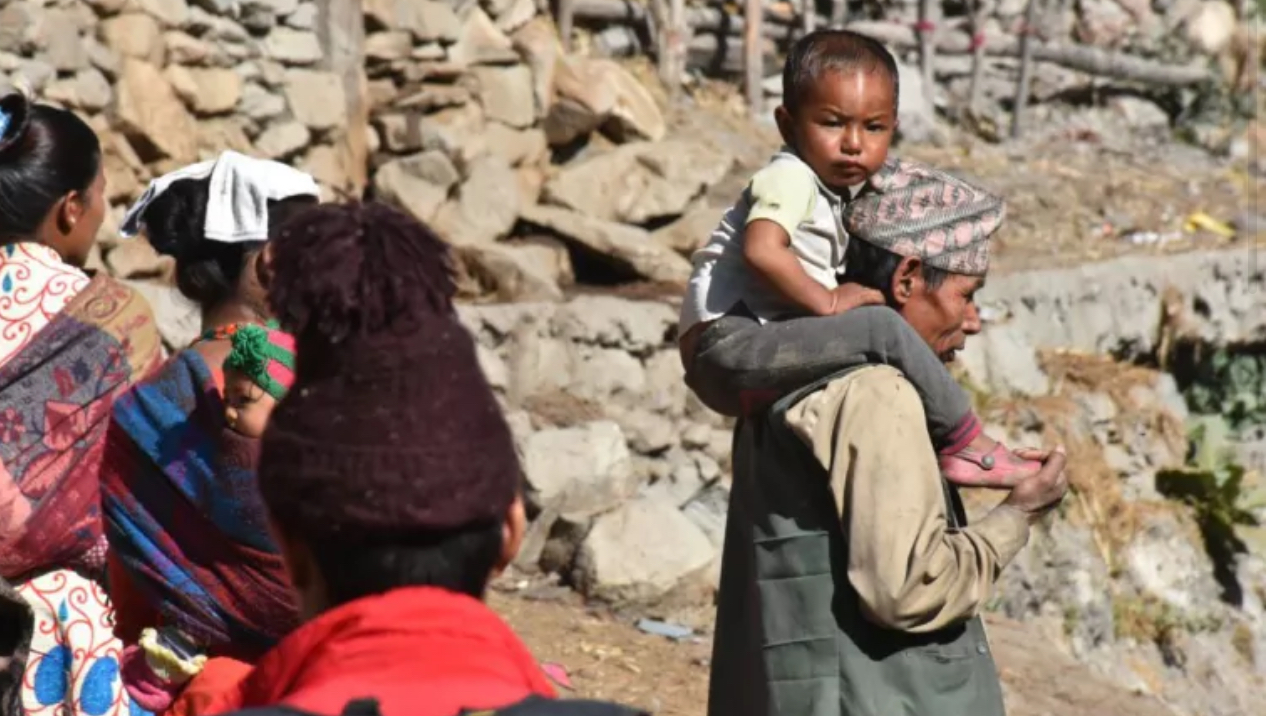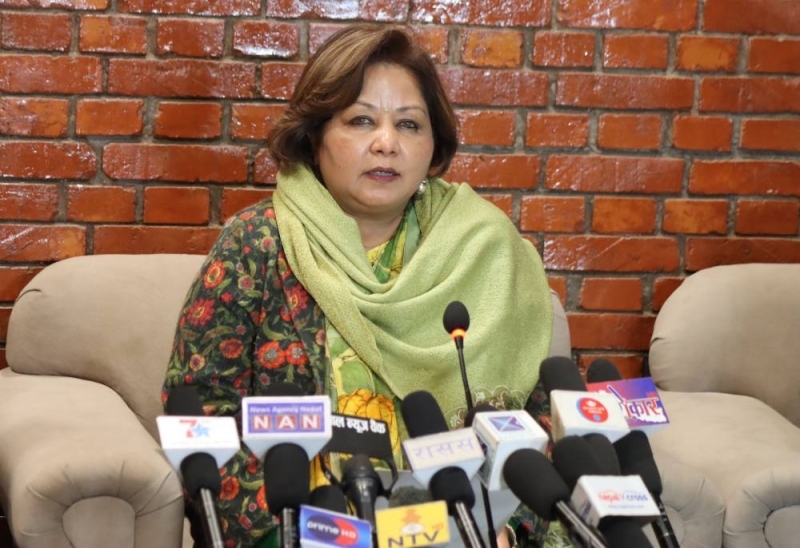68,000 children affected by Nepal earthquake still need urgent assistance- UNICEF

KATHMANDU, Nepal – 100 days after a 6.4 magnitude earthquake struck western Nepal on 3 November 2023, UNICEF is calling for continued support for 68,000 children and their families in the affected areas and appealing for US$14.7 million in funding to help rebuild the lives of the affected children.
The earthquake, with its epicentre in Jajarkot District of Karnali Province, killed 154 people and injured 366. Half the dead, 81, were children. The earthquake also damaged homes, schools, health facilities and water supply infrastructure, which disrupted critical services for children. Around 200,000 people, including 68,000 children, many of whom spent a cold winter in temporary shelters, still need humanitarian assistance to rebuild their lives.
“Three months on, following a harsh winter, thousands of children affected by the destructive earthquake in western Nepal continue to face daily hardships. They are still dealing with the trauma of losing loved ones. Their development is at risk as they lost their belongings, homes and schools, among others” said Alice Akunga, UNICEF Representative to Nepal. “Even as temperatures rise, the needs are still high as children require nutritious food, clean water, education and shelter. One of the best ways to rebuild children’s lives and restore a sense of normalcy is to get them back to school and learning, so that they can play with their friends, learn and heal.”
Immediately after the earthquake, UNICEF was on the ground with the government and partners to provide children and their families with life-saving supplies such as tarpaulins, blankets, medical tents, recreational and educational kits, and hygiene materials.
The earthquake damaged 898 school buildings (294 fully damaged, 604 partially damaged), impacting education of around 134,000 school-aged children. Out of these, over 17,000 children have gone back to school, thanks to 223 temporary learning centres set up by UNICEF with support of the development partners. In addition, transitional learning centres, which can withstand extreme weather conditions, are being set up so that children can continue their education until school buildings are fully repaired.
Furthermore, UNICEF, working with local governments and partners, also helped to repair 565 damaged toilets and construct 251 temporary toilets. Support was also provided for the Government’s campaign to vaccinate children against deadly diseases such as measles, rubella and typhoid.
But much more needs to be done to support children and their families. So far only 7 per cent of UNICEF’s US$15.7 million appeal has been funded, a large proportion of which includes financing from the UNICEF Global Humanitarian Thematic Fund, the most flexible form of funding allowing for rapid and strategic responses by UNICEF to humanitarian crises, as well as support from UNICEF National Committees. UNICEF is calling for US$14.7 million in additional funding to continue providing life-saving support to children.
“UNICEF thanks all our donors and supporters who have provided the much-needed resources. However, additional efforts are required to help restore lives and give children hope for the future,” added Akunga. “UNICEF is committed to working with the Government of Nepal, partners and donors to help children and young people in desperate need of support. We are calling for investment from donors and partners so that we can continue to provide life-saving supplies and services to help children survive and thrive.”



















Facebook Comments